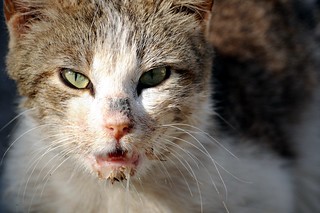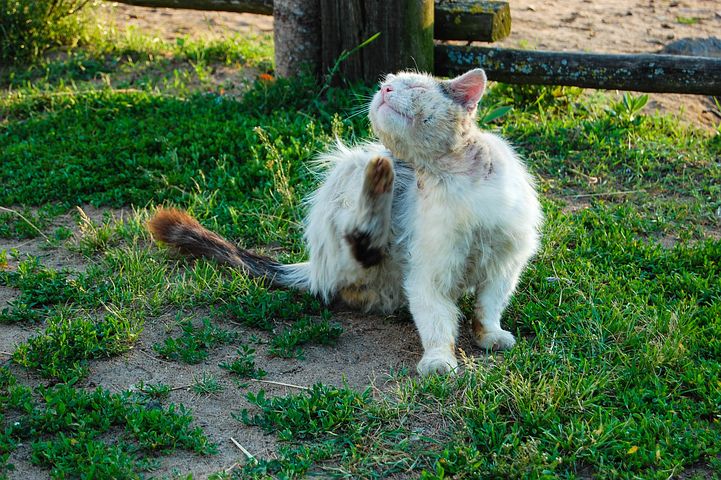So there was a question on NextDoor about someone who wanted to cultivate a ‘cat colony’ of ferals to control rodent populations. The idea was that ferals and other cats that wouldn’t ‘fit’ in residential homes could at LEAST subsist with basic shots and veterinary care as outdoor cats feeding on rodents, and then whatever the colony volunteers would put out.
Concerns about coyotes and other predators, as well as the difficulties in managing disease and injuries came up in the conversation. Cats running around leaving foot prints on everything and sacking trash cans and groceries in garages as well as predation on bird feeding stations all started fires on the board.
Then the following comprehensive response from a reader which was so good I asked if I could put it up on the website.
So here it is: About Cat Colonies For Rodent Control.
https://wildlife.org/rats-
https://www.mnn.com/family/
When I lived in Atlanta, years ago, I assisted a group that maintained a naturally occurring feral cat colony. It was A LOT of work and expense.
 Feral cats live an average of 8 years in an urban/suburban environment. To keep the colony healthy, the cats had to be captured humanely each year, vaccinated/vetted and returned to their colony. They also have to be fed, and suitable shelter must be provided during adverse weather or they will take up residence under the first available safe, heated structure.
Feral cats live an average of 8 years in an urban/suburban environment. To keep the colony healthy, the cats had to be captured humanely each year, vaccinated/vetted and returned to their colony. They also have to be fed, and suitable shelter must be provided during adverse weather or they will take up residence under the first available safe, heated structure.
These are not pets. They are coyote food, and will attract predators that feed on them and other targets.
They do not want to be petted or handled.
Food is expensive but without it, there is no means of keeping them healthy as cat does not live by mouse alone and without feeding, they begin to seek other food sources such as trash cans and other opportunities.
I strongly urge you to interview some “colony keepers” before launching this idea.
Are you really willing to invest so much time and money into maintaining a colony for it’s lifetime? 8 – 12 years is a huge commitment.
Believe me, you don’t want to go out in freezing weather to feed this dependent every day. Who cares them when you decide to move, or have other life circumstances that take you away from the area?
 You will have, early on, lots of volunteers but that will fade over time. Then what?
You will have, early on, lots of volunteers but that will fade over time. Then what?
Like too many intentionally placed colonies, the volunteers stop with the time and money, and then you have a colony of sick and malnourished cats that are YOUR RESPONSIBILITY. A lower grade cat food such as Cat Chow is $20 for a 15lb bag that will last about a week for 5 cats.
A mousetrap is $1.95
Downloads:
Are feral cats the answer to rat infestations
rats_feral_cats_fail_at_urban_rodent_control
SEE ALSO: Kudzu Cat Alliance Trap, Neuter and Release Programs
NOTE 082125: Johnson Veterinary Services does NOT provide any of these services. This article refers to Kudzu Cat Alliance and their associates. We are not one of their associates. We do not do trap, neuter and release. At all. Never have. Don’t plan to.





